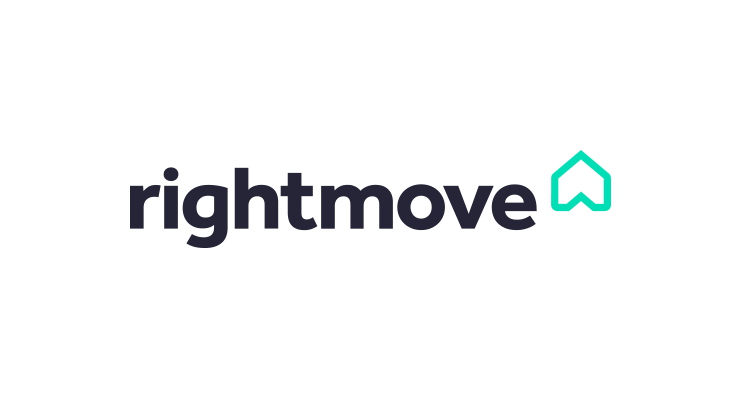Air Source Heat Pumps vs. Traditional Heating: Why Maintenance Matters
As more UK homeowners shift towards greener living and energy-efficient technologies, air source heat pumps have become an increasingly popular choice. Promising reduced emissions and lower energy bills, these systems present a compelling alternative to traditional gas or oil boilers. However, while the benefits are clear, one area remains crucial regardless of the heating system you choose: regular maintenance.
This article compares air source heat pumps with conventional heating systems, emphasising the importance of maintenance in ensuring both systems operate efficiently and reliably.
Understanding the Systems: A Quick Overview
Air Source Heat Pumps (ASHPs) work by extracting heat from the outside air, even during colder months, and transferring it into your home. Using electricity and refrigerant technology, they concentrate low-grade ambient heat into a usable temperature for space and water heating.
In contrast, traditional heating systems such as gas, oil, or electric boilers generate heat through combustion or electrical resistance. These systems heat water, which is then circulated through radiators or underfloor heating to warm the home.
While the methods differ, the end goal is the same: to keep your living space warm and comfortable. However, how these systems perform over time is closely linked to the level of maintenance they receive.
Efficiency: The Impact of Regular Maintenance
Efficiency is often a deciding factor when choosing a heating system. Air source heat pumps are known for their high efficiency, frequently delivering three or more units of heat for every unit of electricity consumed. However, this efficiency can drop significantly if the system is not well-maintained.
Dirt buildup on coils, blocked airflow, or worn-out components can force the pump to work harder, consuming more electricity while delivering less heat. Similarly, for gas or oil boilers, soot buildup, scale in heat exchangers, and faulty thermostats can reduce efficiency, leading to higher energy bills.
Regular servicing ensures both systems are operating at their best. A well-maintained ASHP continues to deliver optimal performance throughout the seasons, while a cleaned and tuned boiler operates more efficiently, extending its usable life. You can find professional servicing at https://servicemy.co.uk/.
Reliability and Lifespan
Both systems can last for many years, but maintenance plays a crucial role in determining their longevity. Air source heat pumps typically have a lifespan of around 15 to 20 years, while traditional boilers often need to be replaced after 10 to 15 years.
For ASHPs, annual servicing helps identify early signs of wear, such as low refrigerant levels, noisy compressors, or corrosion, before they develop into serious faults. Likewise, annual boiler servicing detects such problems as pressure imbalances or deteriorating burner performance.
Neglecting maintenance can lead to unexpected breakdowns in the middle of winter, costly emergency repairs, and even necessitate early replacement. The cost of annual servicing is often far less than the cost of system failure.
Cost Considerations and Energy Savings
While air-source heat pumps have higher installation costs than traditional boilers, they tend to offer lower long-term operating costs due to their higher efficiency. That said, these savings can quickly be lost without proper maintenance.
For example, if an air source heat pump becomes clogged with leaves or dirt, airflow is restricted, forcing the system to run longer and use more electricity. Likewise, if the inverter isn’t calibrated correctly, your hot water may be inconsistent or insufficient.
With traditional boilers, issues such as limescale buildup in areas with hard water can significantly reduce heat transfer and efficiency. Regular descaling and flushing are necessary to maintain high performance.
Homeowners who commit to annual servicing generally see more stable energy bills, fewer surprise repairs, and a better return on their heating investment over time.
Environmental Impact
For those aiming to reduce their carbon footprint, maintenance is more than just a matter of efficiency; it’s also about environmental responsibility. An underperforming air source heat pump or boiler may consume more energy than necessary, indirectly increasing carbon emissions.
In particular, refrigerant leaks in ASHPs can be harmful to the environment if not promptly identified and repaired. Similarly, a poorly maintained gas boiler can produce higher levels of carbon monoxide, a dangerous and polluting byproduct of combustion.
Regular inspections, safety checks, and part replacements ensure your system continues to operate within safe environmental standards.
Maintenance Requirements: What to Expect
Air Source Heat Pumps typically require:
• Annual checks by a certified technician
• Cleaning of coils and filters
• Refrigerant level checks
• Inspection of electrical components and sensors
• Ensuring the outdoor unit is clear of obstructions and debris
Traditional Boilers require:
• Annual gas safety check (legally required for landlords)
• Cleaning of burners and heat exchangers
• Inspection of the flue and ventilation
• Pressure and thermostat checks
• Replacement of worn seals or valves
Although the specifics differ, the goal remains the same: ensure safe, efficient, and reliable heating.
Maintenance Frequency and Timing
For both systems, the ideal time to service your heating is in the spring or summer, before the cold weather hits. This timing helps ensure everything is working smoothly when you need it most and gives technicians time to order parts if replacements are required.
Some homeowners sign up for annual service plans to avoid forgetting and to lock in lower costs. Whether you manage it yourself or rely on a professional, creating a servicing schedule is a smart long-term move.
Final Thoughts: Why It All Comes Down to Care
Choosing between an air-source heat pump and a traditional boiler often depends on factors such as property type, budget, and environmental goals. But regardless of your choice, one truth remains constant: maintenance matters.
Without regular servicing, even the most advanced technology will falter. But with consistent care, your system can operate efficiently, safely, and reliably for years, delivering the comfort and savings you expect.
Whether you’ve already made the switch to low-carbon heating or are still relying on a traditional boiler, ensure that maintenance is a top priority. It’s the key to maximising your investment and ensuring a warm, worry-free winter.









